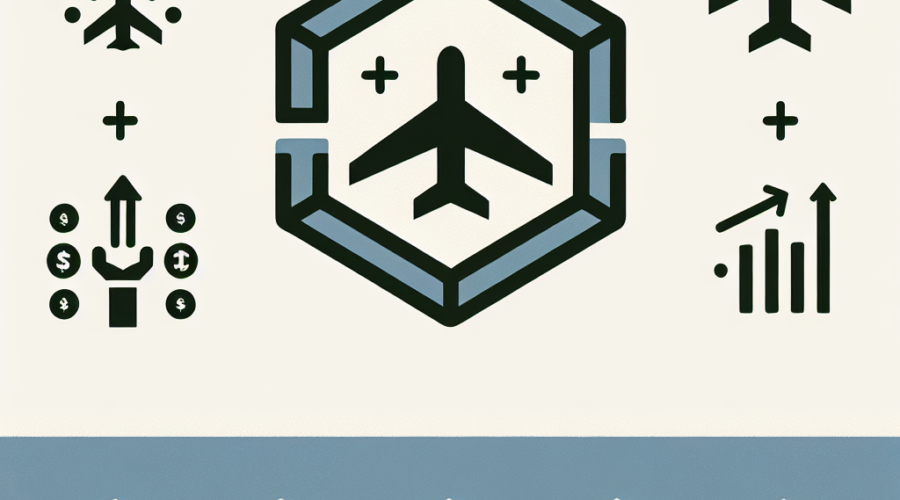AirAsia Secures $443M in Private Funding for Aircraft Refurbishment – Key Highlights
- AirAsia, a leading budget airline, has secured $443 million in private funding to refurbish aircraft grounded during the COVID-19 pandemic.
- The funding is structured into two tranches: $200 million from private credit firms for aircraft refurbishment and $243 million from aircraft lessors to refinance lease liabilities.
- The private credit tranche carries an 11% annual coupon with a four-year term, while the lessor tranche offers a 7% annual return with a two-year maturity.
- AirAsia is being advised by Evercore, A&O Shearman, and Milbank LLP in structuring this deal.
Reviving AirAsia’s Fleet and Operational Capabilities
The airline industry has faced unprecedented challenges in the wake of the COVID-19 pandemic, including reduced passenger demand and operational disruptions. This $443 million private funding is a strategic move by AirAsia to revitalize its fleet and regain its competitive edge in the budget airline sector.
By refurbishing grounded aircraft, AirAsia aims to enhance its operational efficiency, reduce maintenance costs, and improve the overall passenger experience. This investment is expected to boost AirAsia’s service offerings, allowing the airline to increase flight frequencies and attract more customers.
Structured Financing and Risk Mitigation
The financing deal is structured in a way that mitigates risks and ensures a stable revenue stream for AirAsia. The private credit tranche, with its higher coupon rate, reflects the urgency and importance of the refurbishment efforts. However, the revenue-linked structure, secured by future ticket sales, provides a reliable source of repayment.
Additionally, the lessor tranche, with its shorter two-year maturity, offers flexibility in managing lease obligations and liquidity. This strategic approach demonstrates AirAsia’s commitment to financial prudence and long-term sustainability.
Lessons from Industry Recoveries and Expert Insights
AirAsia’s funding initiative aligns with successful recovery strategies implemented by other airlines during the pandemic. Airlines like Southwest Airlines and Ryanair have also undertaken refinancing and refurbishment efforts to sustain operations and maintain their competitive edge.
Industry experts and former airline executives emphasize the significance of this funding for AirAsia’s future prospects. While the high coupon rates pose potential risks, the structured financing approach and revenue-linked bonds mitigate these concerns. Analysts highlight the importance of strategic fleet management and financing in the aviation sector’s recovery.
AirAsia’s Future Prospects and Comparative Analysis
The successful execution of this funding is expected to significantly enhance AirAsia’s market position and investor confidence. By refurbishing its aircraft, the airline can offer improved service quality, attract more passengers, and maintain its competitive edge in the budget airline sector.
AirAsia’s approach to refurbishment and refinancing is





